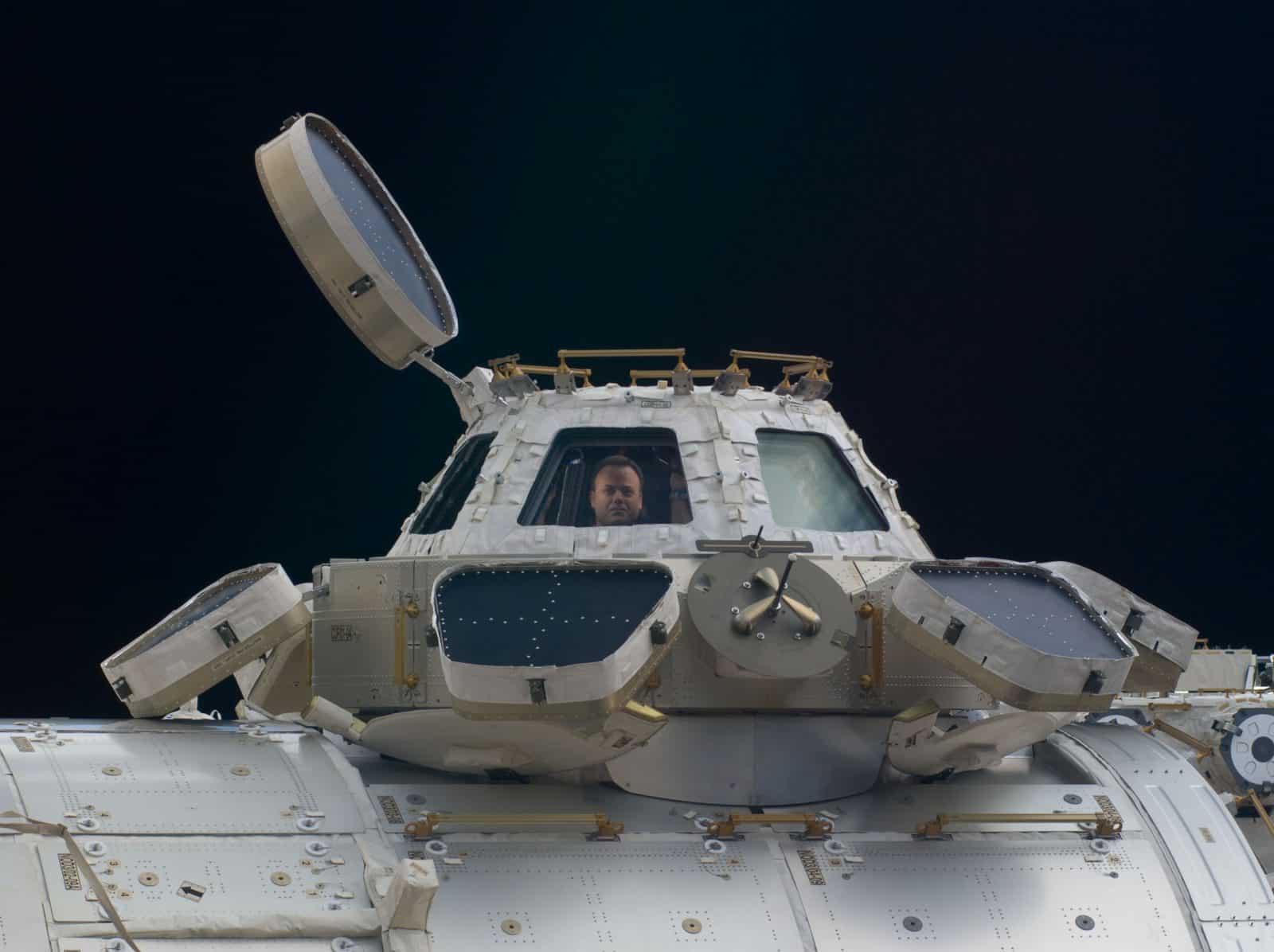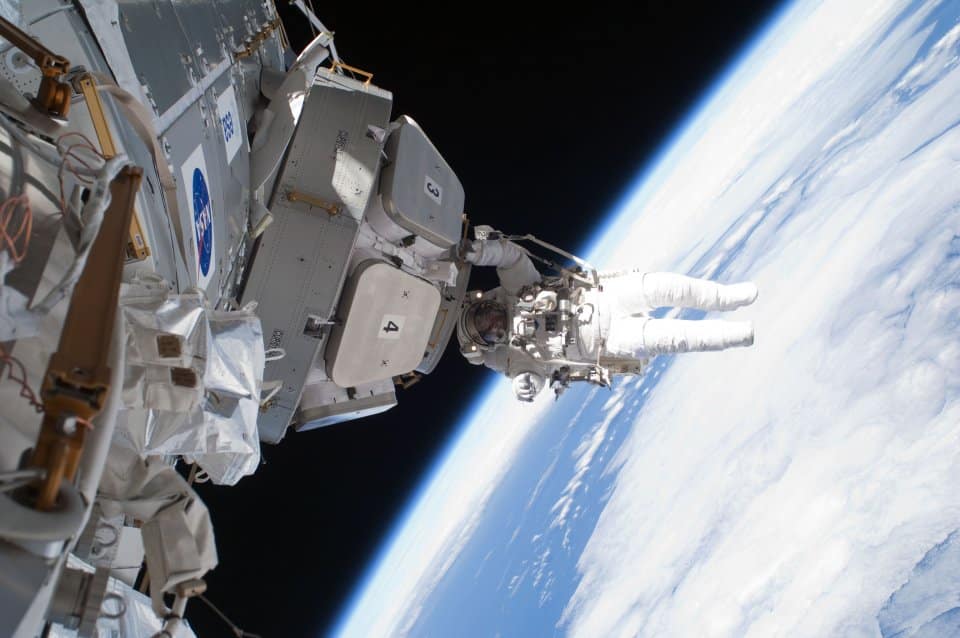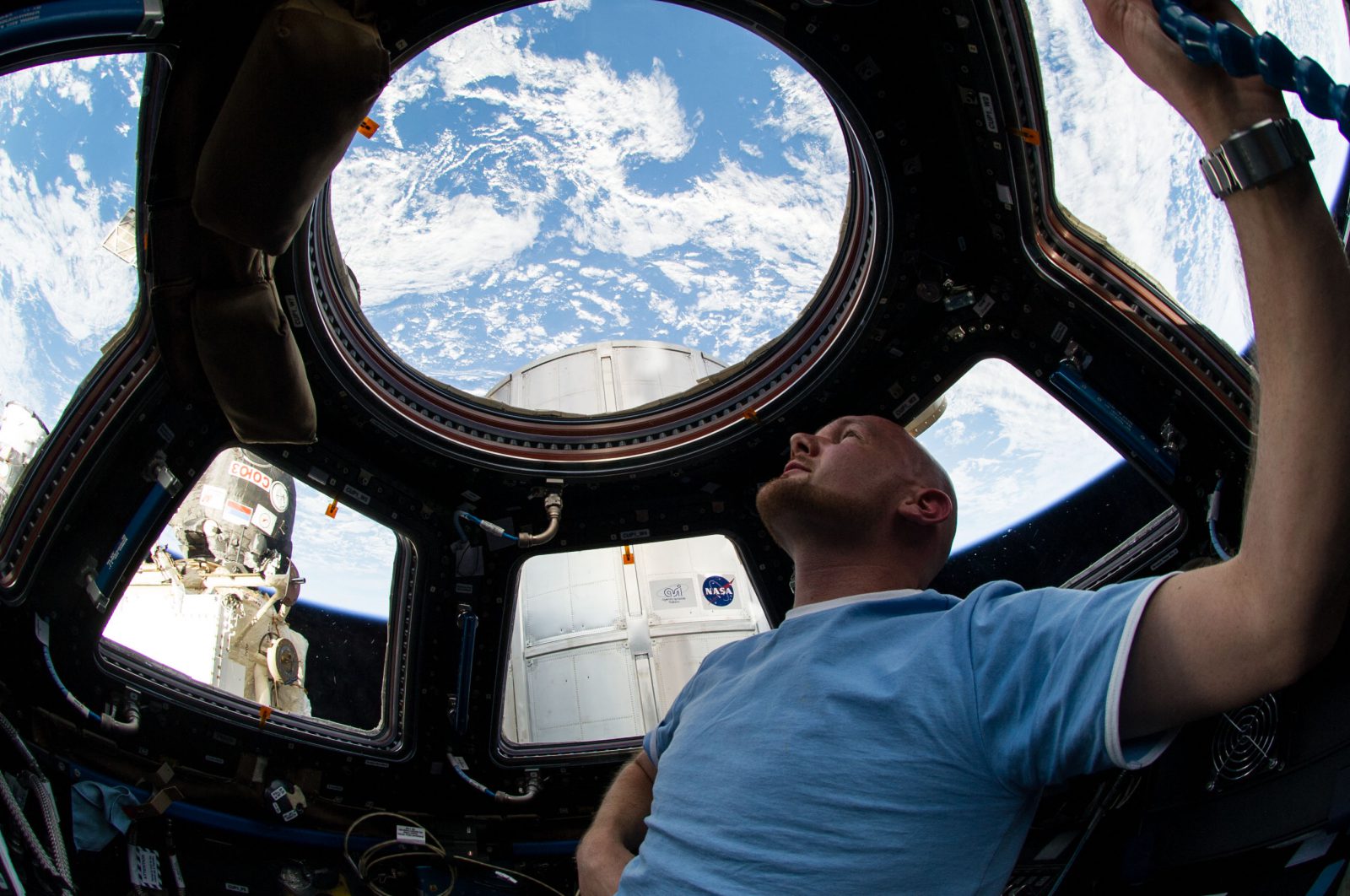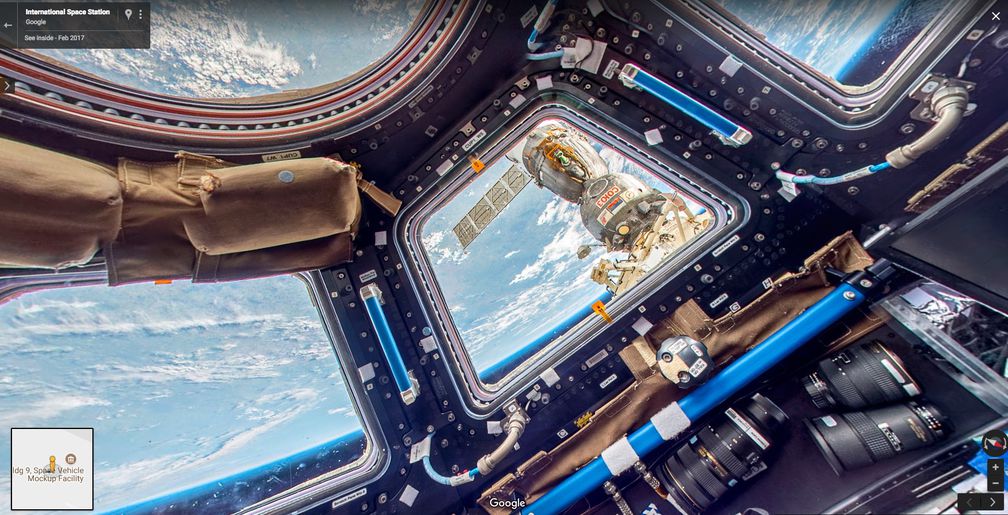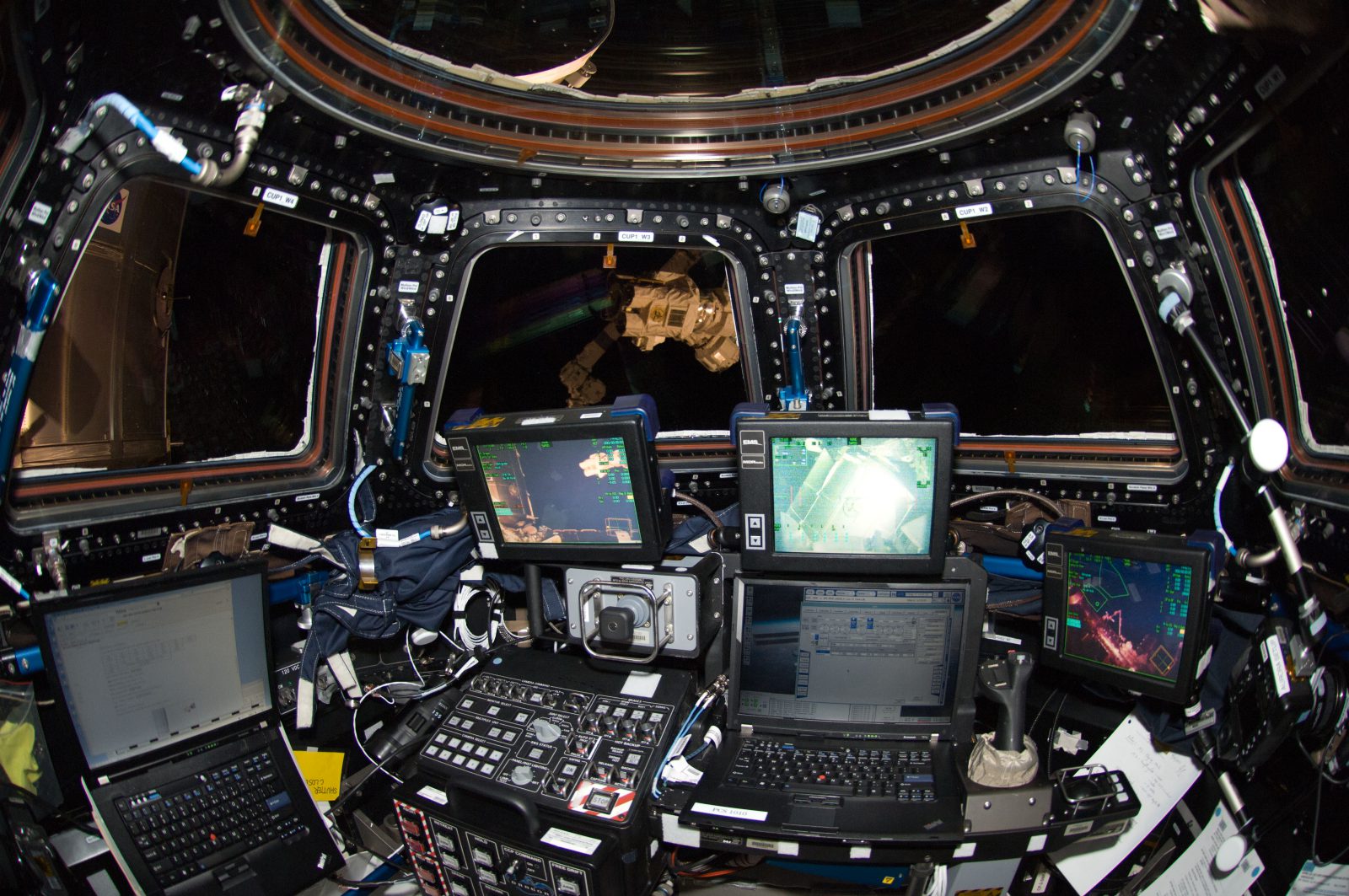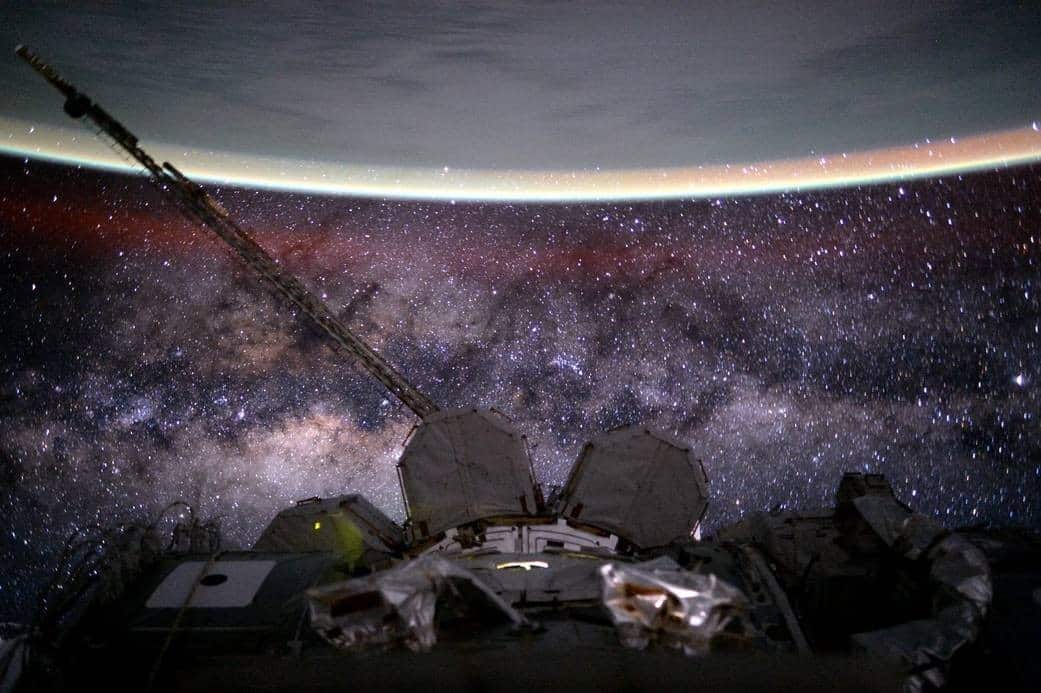THE INTERNATIONAL SPACE STATION
The International Space Station (ISS) is since humankind’s only permanently crewed outpost in space. Located approximately 300 miles above Earth in ‘low-Earth orbit’ it completes one orbit every 90 minutes. The ISS has had a permanent human presence since 2001, with crew sizes varying three to ten people. Professional astronauts typically stay for six months onboard, with some staying longer than a year to help assess the impact of living in space on the human mind and body.
Seven private citizens (all clients of Space Adventures) have paid their own way to visit the ISS.
HIGHLIGHTS
LIFE IN SPACE
Living on the ISS is a unique and interesting experience in itself. Because the ISS is in Earth orbit, the environment on-board is weightless, meaning everything floats unless it is tied down. This makes day-to-day life very different from here on Earth. You can’t sleep in a bed… crew typically sleep in a sleeping bag tied to the wall. You can’t brew coffee, as there is no effect of gravity to pull the water through the coffee grounds. You can’t take a shower as the water does not fall.
Below we have collected a few videos that give a sense of what living in space is lake.
Water in space
This fascinating video shot by Canadian astronaut Chris Hadfield demonstrates the amazing effect weightlessness has on the way water behaves.
Sleeping in space
Canadian astronaut Chris Hadfield demonstrates how the crew sleep while in space.
Guide to taking photos in Space
Chris Hadfield shows you how to bring home great memories of your incredible views.
Preparing food in Space
You have to eat… so what’s it like to prepare food.
LIFE IN SPACE
Living on the ISS is a unique and interesting experience in itself. Because the ISS is in Earth orbit, the environment on-board is weightless, meaning everything floats unless it is tied down. This makes day-to-day life very different from here on Earth. You can’t sleep in a bed… crew typically sleep in a sleeping bag tied to the wall. You can’t brew coffee, as there is no effect of gravity to pull the water through the coffee grounds. You can’t take a shower as the water does not fall.
Below we have collected a few videos that give a sense of what living in space is lake.
Water in space
This fascinating video shot by Canadian astronaut Chris Hadfield demonstrates the amazing effect weightlessness has on the way water behaves.
Sleeping in space
Canadian astronaut Chris Hadfield demonstrates how the crew sleep while in space.
Guide to taking photos in Space
Chris Hadfield shows you how to bring home great memories of your incredible views.
Preparing food in Space
You have to eat… so what’s it like to prepare food.
CONSTRUCTION
Construction of the International Space Station began in 1998 with the launch of the Russian Zarya module. Construction required 31 different orbital launches, most of them (27) of the US Space Shuttle.
The ISS comprises 16 primary pressurized modules nine US, four Russian, two Japanese and one European, totaling 33,000 cubic feet, or the equivalent volume of the Boeing 777 jet.
SPACE STATION SCIENCE
The ISS is first and foremost a scientific research facility in space. The key benefit is being able to conduct research by removing the impacts of gravity. This seemingly simple act, can benefit many areas of scientific investigation. Principle areas of scientific investigation include:
- Human research – understanding the risks to human health that are inherent in space exploration.
- Biology – exploring the complex responses of living organisms to the microgravity environment, from microorganisms and cellular biology to the integrated functions of multicellular plants and animals.
- Physical Sciences – studying the long- term physical effects in the absence of gravity and without the complications of gravity-related processes such as convection and sedimentation.
- Technology development – testing a variety of technologies, systems, and materials that are needed for future exploration missions.
- Earth and space science – collecting Earth and space science data from the unique vantage point of low-Earth orbit.
Check out this video of some of the amazing science being conducted everyday onboard the ISS.
CUPOLA
One of the greatest features of the ISS, is the Cupola – a seven-window observatory, providing an extraordinary view of the Earth below. Its name derives from the Italian word cupola, which means “dome”. It features 7 windows, with an 80-centimetre (31 in) round central window, the largest window on the station (and the largest flown in space to date).
VIEW OF EARTH
One of the greatest attributes of the ISS is its position above Earth and the view that this provides. This coupled with the fact that it is traveling so fast it circles the entire Earth in 90 minutes, makes spending time looking out of the window a fascinating experience.
This time lapse video was taken as the ISS flew over Europe at night. Spectacular!
This is the longest continuous time lapse video taken from the ISS looking down on Earth.
LIVE FROM THE ISS
A camera mounted on the outside of the ISS provides a continuous look at the Earth below.


